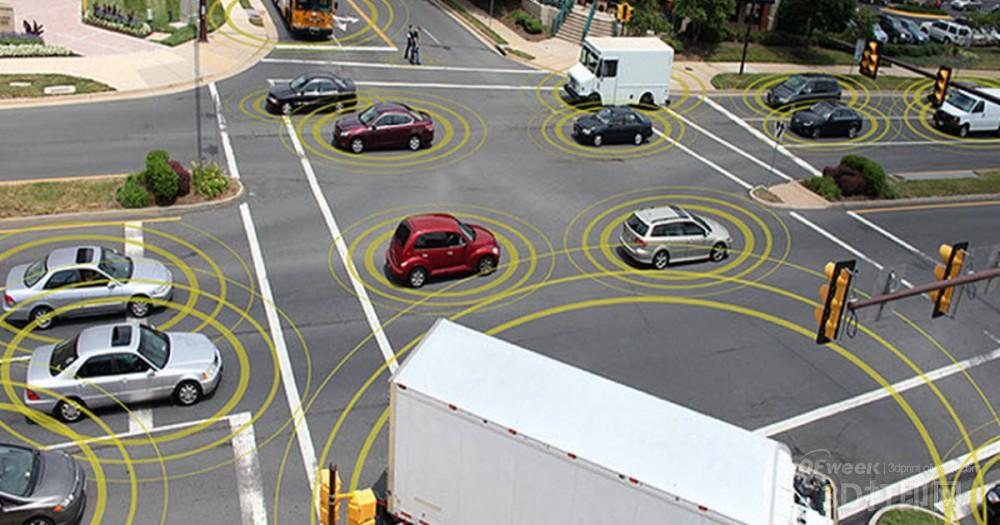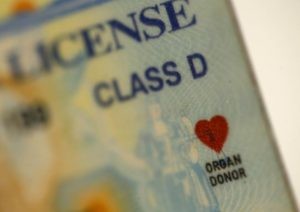With the development of time, technology is constantly innovating. In the automotive field, with the popularity of automobiles, more and more cars are driving on the roads, accompanied by rising traffic accident data. However, under the continuous improvement of automobile manufacturing technology, the incidence of car accidents has been controlled, but it also means the reduction of transplantable organs. In the past, most of the organ donations came from victims of car accidents, but the death rate from car accidents has caused the medical field to face a shortage of organ transplants. It is understood that in the United States, about 6,500 people are waiting for organ transplants every year, and another 4,000 are in the waiting list for organ transplants after illness. Now, the number of waiting lists is also growing dramatically, reaching 123,000.
The organ transplant of 123,000 people is largely determined by more than 35,000 people who die in car accidents each year, and one in five transplant organs comes from victims of car accidents. According to the US Department of Transportation, most of these accidents were caused by human error. When the possibility of human error is taken from the equation, the death of a car accident may become scarce.

What should we do in the face of this situation? Should we accept a group of people whose mortality rate rises while another group of people die? Of course not, so now is the time to start looking for alternatives. Slate's Ian Adams and Ann Hobson proposed a legalization of the finite-organ market, which has a variety of alarm bells on our heads. From many horror movies, we learned that when people wake up and find themselves accidentally lacking kidneys.

Ian Adams and Ann Hobson offer some other possible alternatives to success in other countries, such as incentives for living donors and a system that assumes that people are willing to become organ donors after they die, unless they say they want to opt out . This still does not address the "problem of reducing mortality.
The first solution I thought of was of course the 3D printing organ, which transplanted 3D printed organs to living human receptors. Colleagues, in order to reduce mortality, autonomous vehicles were researched and they are still in beta.

Food additives are substances added to food. Some additives have been used for centuries. With the advent of processed foods in the second half of the twentieth century, many more additives have been introduced, of both natural and artificial origin.
The advantages of food additives are these followed:
1. Improve the appearance of food.
2. Keep and enhance the nutrition value of food.
3. Increase the variety and conveniences of food.
4. Miantain freshness and prolong shelf life.
5. Provide leavening or control acidity and alkalinity.
Food Additives,Natural Food Additives,Food Additives Preservatives
SINOCHEM PHARMACEUTICAL CO., LTD , https://www.sinochemnutrition.com